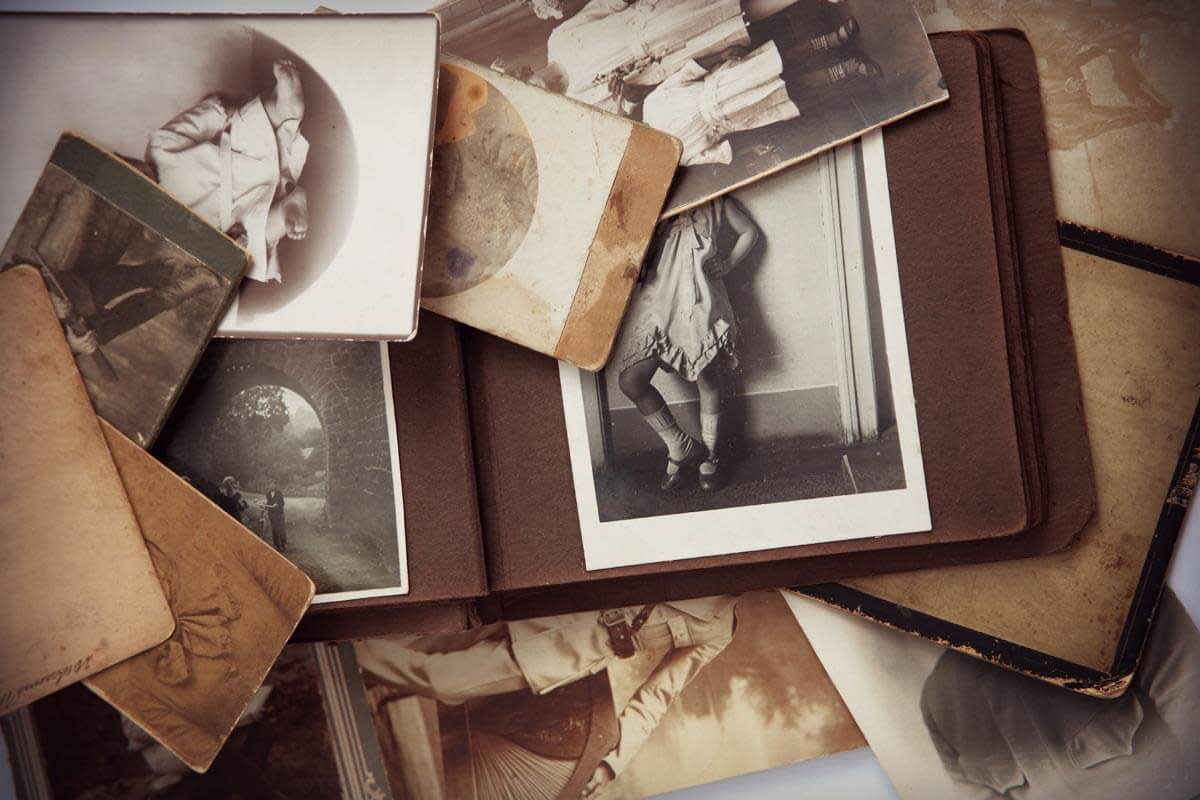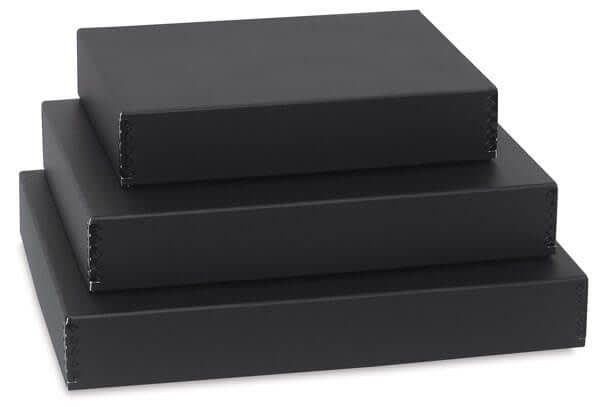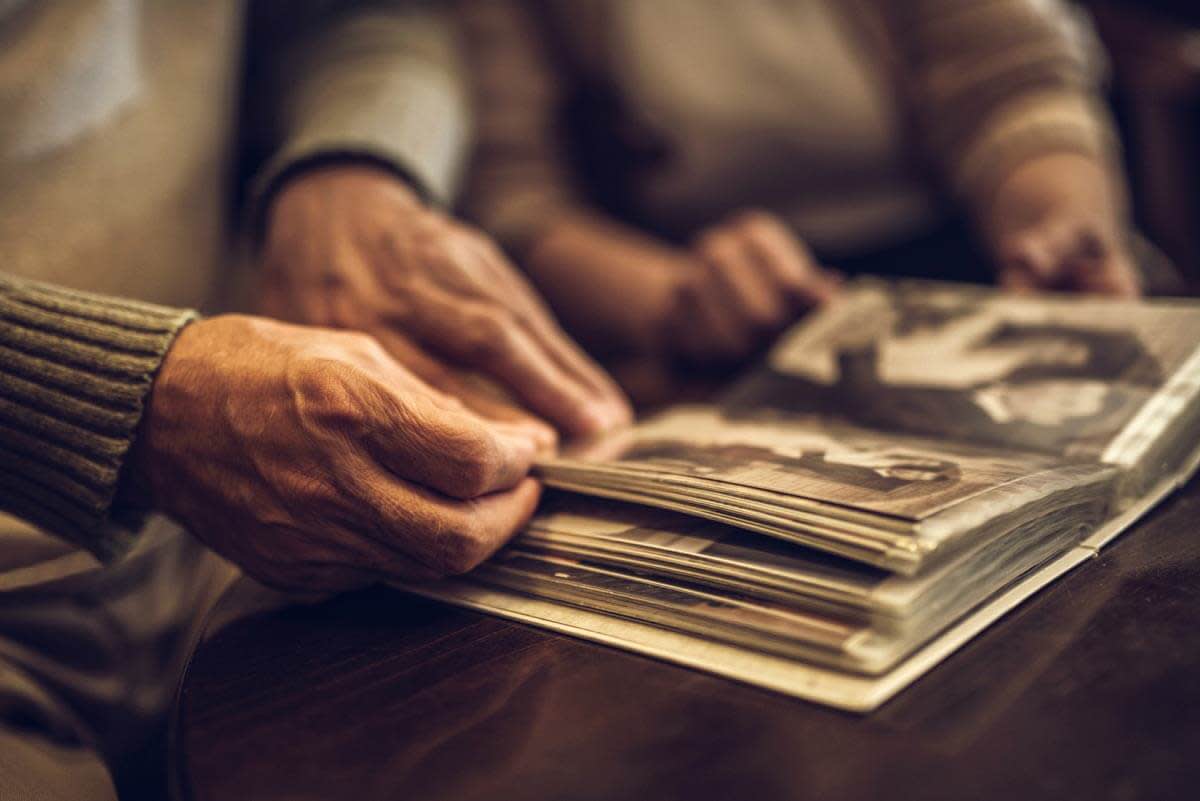Remember those film photos that had to be developed at the chain drug store downtown? That paper sleeve of photos may be tucked away in drawer, your bookshelf, or wedged between your bed frame and the wall. Or maybe you’ve got a bagful of sepia-toned oldies of long gone relatives, or corny-in-a-good-way class pics from grade school. If you don’t have proper storage, these treasures will turn to trash over time. Check our tips on how to preserve old photos and get ‘er done.

Keep photos at the right temperature
You don’t want to store your photographs in a box in the garage. Unlike inside your home, which generally maintains a consistent temperature, the temperature and humidity of your garage or basement is not nearly as well-regulated and can result in the visible and accelerated aging of your photographs. Maintaining the proper environment for storing your photos is always about hitting that proverbial sweet spot. You don’t want them to be too warm or too cold, too wet or too dry. Your photographs are like a library book; keep them on the shelf away from water sources, and whatever you do, don’t eat or drink around them.

Red leaves and a purple sky: this photo shows what happens when a color image degrades over time.
Make sure they’re light-proof
Another element you might not have considered is light. While exposure to a light source is critical in the creation of an image, photographs themselves do not like light. Any kind of light can damage a photograph and effect the longevity of the color dye, but especially direct sunlight. Perhaps the most common example of light degradation are the color posters you’ll find in store windows in the middle of the summer, whose colors are faded and washed out by increased exposure to direct sunlight.
Keep loose photos in boxes

One of the safest places you can keep your photographs is in a paper box with dividers placed between the photos so that their chemical compositions do not react with each other. However, it is important to use containers that are large enough to accommodate your images without having to bend or fold them, while small enough so that the photos don’t have the space to shift about. Keeping in mind that our positive images, or photographs, are the result of a chemical process, it is also important to archive your old photos in a container or sleeve that is both acid and lignin-free. The presence of acid and/or lignin materials causes photographs to unnaturally disintegrate and discolour.
Get the right photo albums

Many of the old photo albums your parents or grandparents put together can be veritable death traps for your photos, filled with abrasive glues and PVC plastics that aren’t representative of photo-safe materials. If you buy a photo album, make sure it’s sleeves are made of polyester and not some unidentified plastic.
Make a digital copy
Beyond caring for the physical objects themselves, old photographs can find new life and be preserved through digital archival practices as well. Making digital scans of your photographs — while making sure to treat the original images with as much care as possible during the scanning process — not only aids in the digital proliferation of your past life experiences, it also serves to help preserve the life of those images. When you create a digital copy of a photograph, you can easily attach important information to those images, for more systematic searching and retrieval, later. Make notes on the names of people in the photograph, the event, the place, the time. Contextual information like this will not only benefit you, but others with whom you want to share these visual memories in the future.
Photographs capture the good times in your life, so shouldn’t you be good to them?
